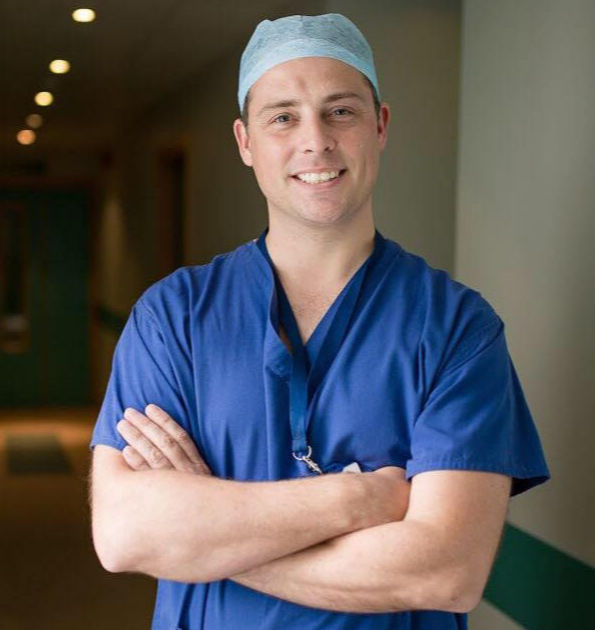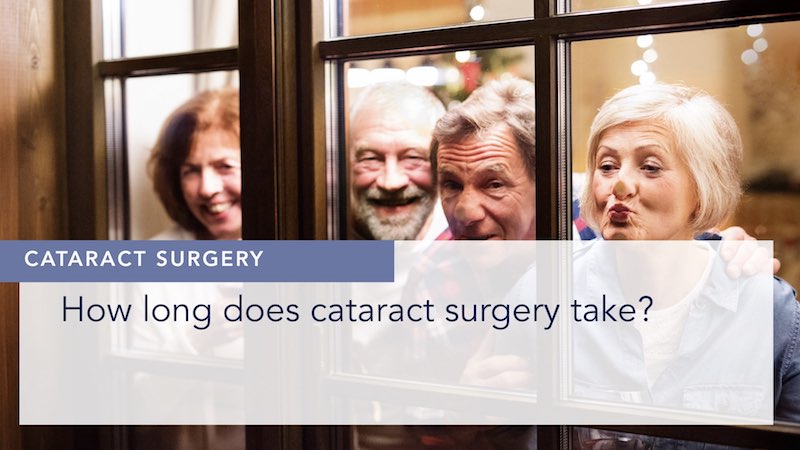Interview transcription:
We asked Alex Shortt about safety records regarding cataract surgery and how he compares with the national average
Interviewer: When it comes to safety records, I suppose there’s some way of comparing surgeons. I’m not sure if that’s widely available, but do you know how your safety record compares with the say the national average?
Alex Shortt: There are ways that we measure our outcomes, and we have defined criteria. There is measuring in terms of treatment success. What percent of our patients still need to wear glasses and certainly with these multifocal lens implants, 95% of my patients never wear glasses again.
5% of patients occasionally need a very weak pair of reading glasses for specific things, like trying to read in bed at night with a very dim light. In terms of safety measures, we use measures of patients losing vision, and we also use something called the posterior capsular rupture rate.
Posterior capsular rupture rate
When we do cataract surgery, we need to remove the natural lens from the ligament that holds it in place, leaving behind the ligament so that we can then put the plastic lens implant into that ligament to hold it in place.
Occasionally that ligament can be damaged. It’s a problem because it needs additional surgery to fix it, and the lens implant then needs to be put in a different position within the eye. We very much need to avoid damaging this ligament. It is called a posterior capsular rupture.
Surgeons compare themselves according to their posterior capsular rupture rate. The national average, if you look at all the surgeons in the UK, is somewhere around the 1% mark. Different studies have found different grades of surgeons, so certainly more junior surgeons who do fewer procedures can have up to a 10% rate, whereas very experienced surgeons who’ve done thousands of procedures tend to have a rate of about one in a thousand or 0.1% rate.
It is a big range. I think surgeons need to be transparent about what their posterior capsular rupture rate is. My rate is in the region of 0.1%, which is one a thousand operations, there’s damage to this ligament.
Again, another important part of that is, damaging the ligament is not the worst thing. The worst thing is then if you continue a sequence of events and do more damage or don’t rescue the situation. Then that leads to more problems in the longer run. It’s about how you deal with it that is the real critical thing. Experience comes in there.
If you’d like to know more about vision corrective surgery, book a free initial screening today and I will personally answer your questions. Alternatively, take our free suitability quiz to find out which treatment you are suitable for.

About the author
Mr Alex J. Shortt | Consultant Ophthalmic Surgeon
MB BCh MSc PhD FRCOphth PGDipCatRef
I’m Alex Shortt, a highly trained academic researcher and Consultant Ophthalmic Surgeon based in London’s famous Harley Street medical district. I trained and worked as a consultant for 14 years at London’s Moorfields Eye Hospital. I specialise in advanced technologies for correcting vision, including cataract surgery, implantable contact lenses and laser vision correction.






